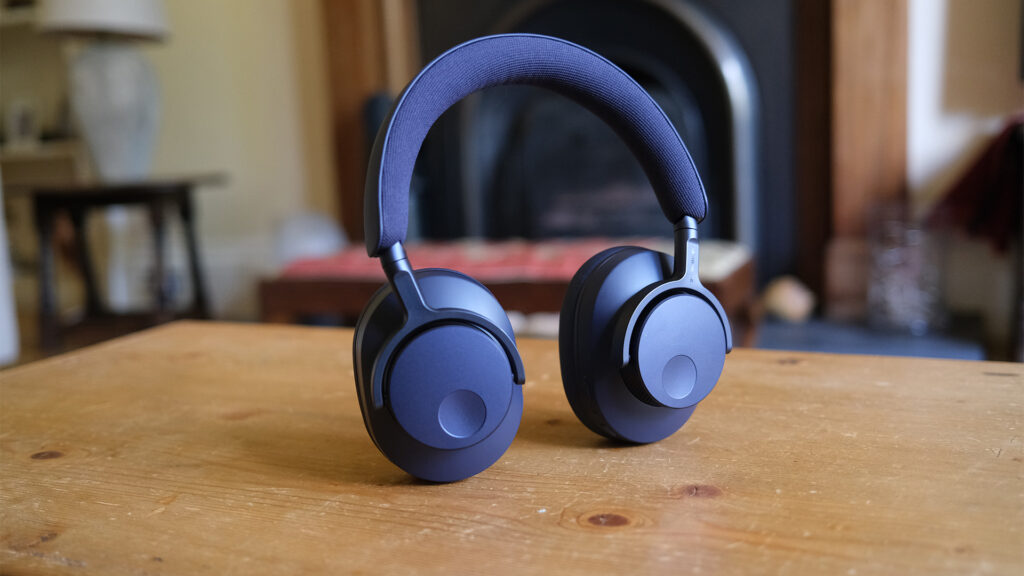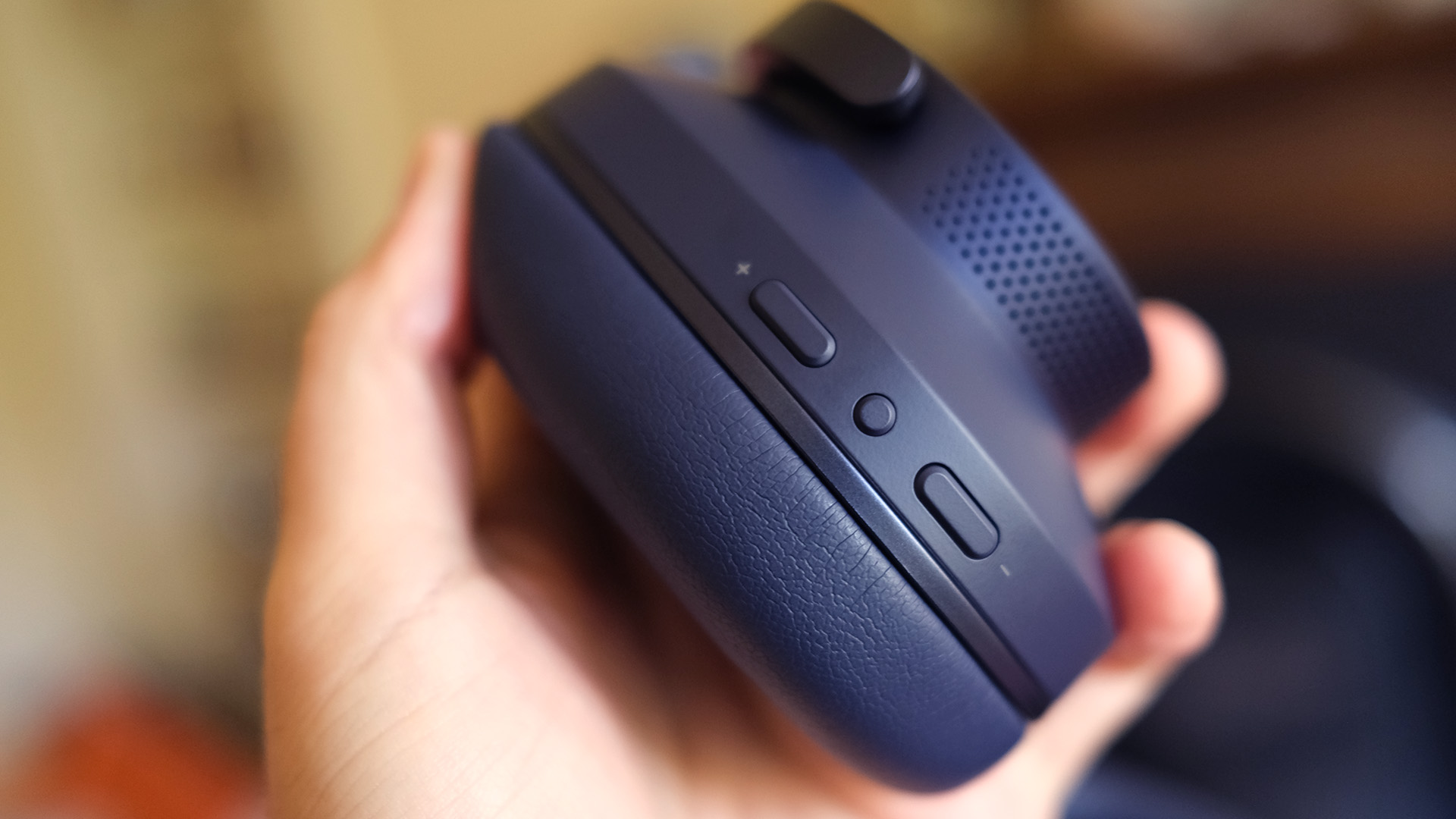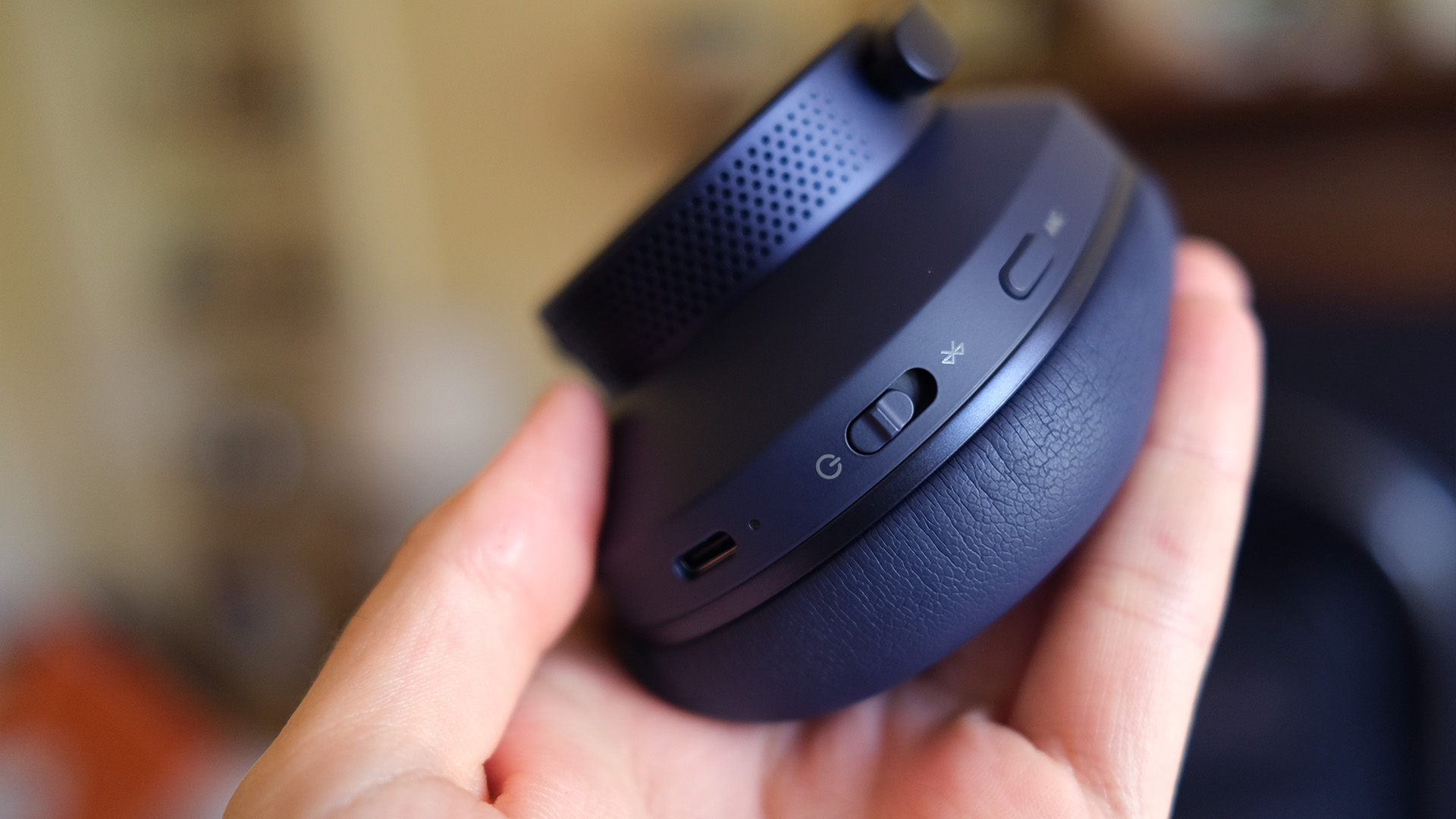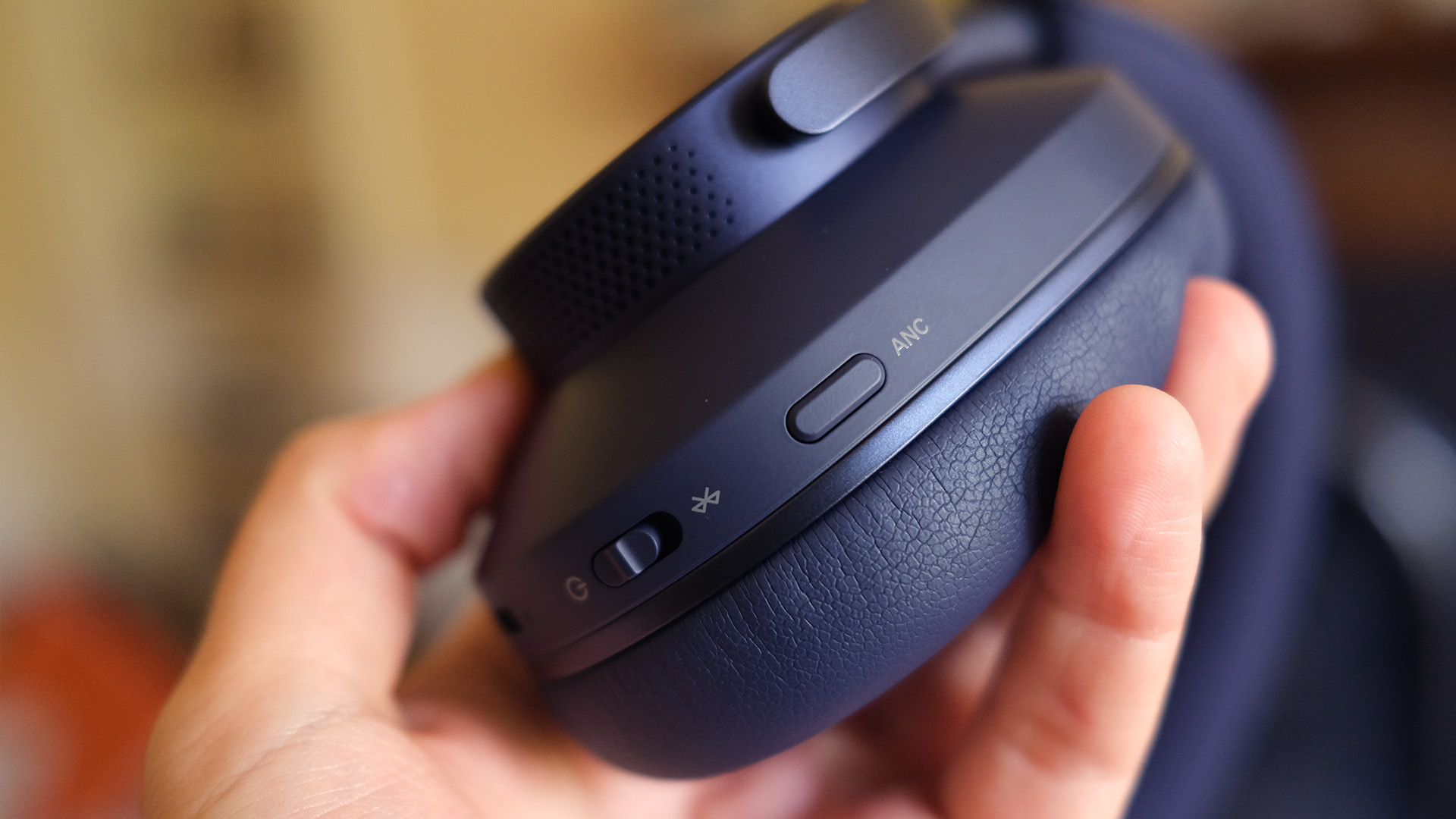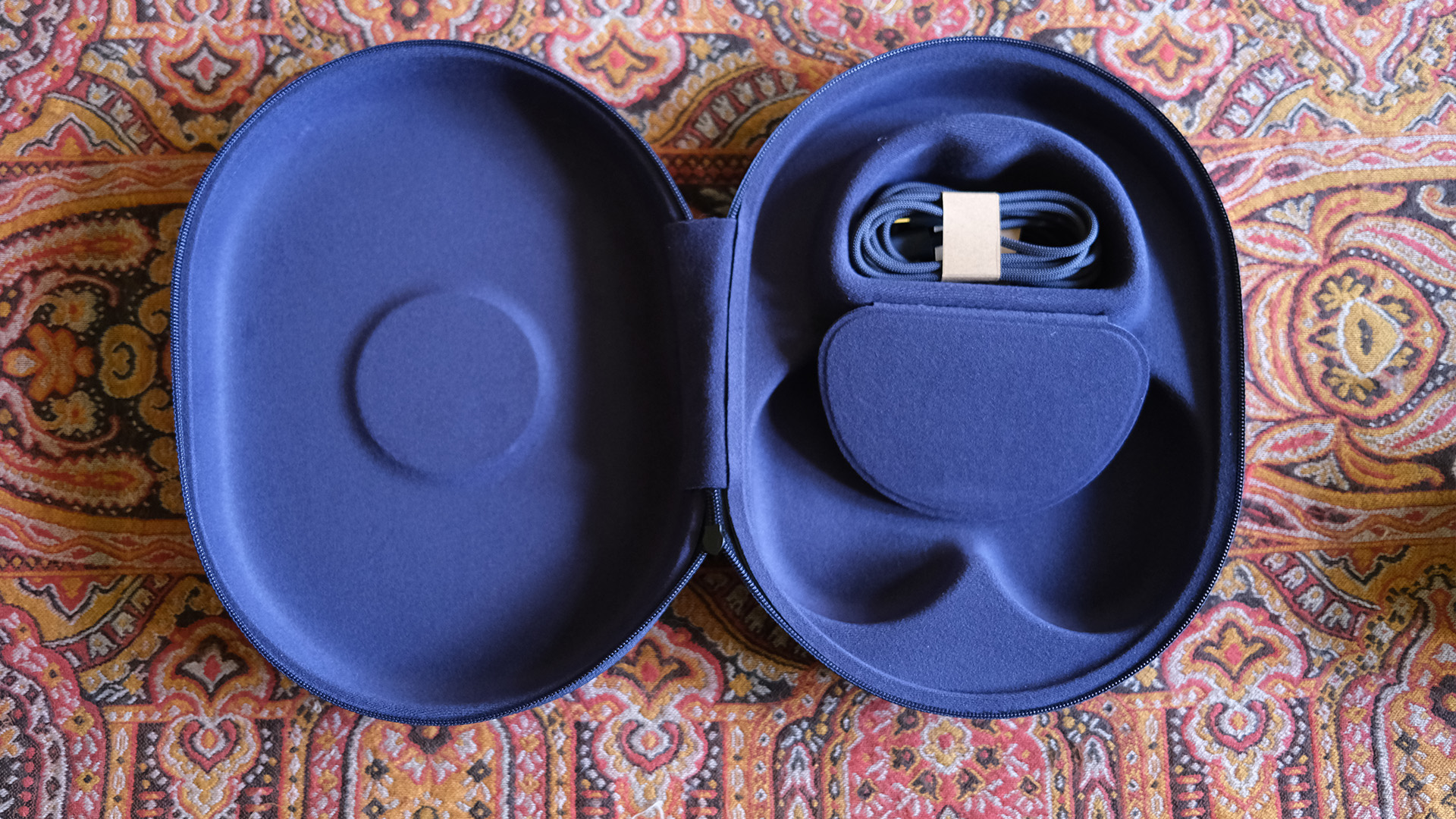It’s time to play spot the difference – line up a pair of Cambridge Audio Melomania P100 SE next to last year’s standard P100 and see if you can tell them apart. Bonus points if you don’t use the handsome new blue colour that I’ve been testing, since it’s one rare and obvious difference.
These new headphones don’t change enough to warrant a full new version, which is why Cambridge Audio has gone the “SE” route, but do they justify a small price hike? The old version offered supreme value among the best headphones, achieved with some mild corner-cutting. After a couple of weeks with their upgraded SE counterpart, I’ve got the verdict you need.
Price & Availability
The P100 SE is available now, having been unveiled at the very start of August, and comes in at £249 / $299 / €279. That’s something of a price hike compared to last year’s P100, which is widely on sale and launched at £229 / $279 (and is even cheaper at the time of writing).
This isn’t enough to boost the P100 SE into truly premium territory on pricing, instead leaving it happily in the mid-range bracket, but it’s still well worth bearing in mind as you read my thoughts on its performance. After all, given that you can easily find the older P100 for less, that’s a tempting alternative.
Design & Features
(Image credit: Future)
As I’ve already mentioned, if you take one of the colours that the first P100 launched with, and pick up the Melomania P100 SE in a matching tone, telling the two headphones apart without using them will be extremely challenging. There are some differences, though.
For one thing, the Cambridge Audio logo on the headband has changed very slightly, and that headband is also a little more plush – you can detect this by touch, even before you try it on. Still, though, only the handsome new blue colour option is a real giveaway, as the overall silhouette of the headphones hasn’t changed.
That’s no bad thing, though, since Cambridge had already made a really attractive bit of kit – with clean lines and nice simple design choices. Each earcup has a recessed circle on its outside, which I think looks great, and there’s plenty of swivel and flex.
The on-earcup controls are great, too. On the left side, you get a power switch that can also toggle pairing mode on. There’s also an ANC button to switch between noise-cancelling (ANC), transparency, and normal audio. Plus a USB-C charging port.
The other side has volume keys and a play/pause button, as you’d expect. The ear cushions themselves are very easy to click out and remove, which bodes well for repairability, since these tend to degrade on heavily used headphones.
That said, while they’re soft enough to the touch, and the headband does improve things a little compared to last time out, I still find the P100 SE to be a little tight and constricted compared to other headphones I’ve tested recently, from the Nothing Headphone (1) to the Sony WH-1000XM6.
On the features side, one huge standout stat remains impressive – you get a superb 60 hours of ANC-enabled listening from the Melomania P100 SE on a single charge, which boosts up to 100 hours if you turn ANC off. Those are class-leading figures, and I’d love to see them mirrored by far more expensive options.
Cambridge Audio also says that the major new addition on the sound side is DynamEQ, its custom tuning to adjust bass and treble response depending on your volume and surroundings. There are also more standard EQ presets to choose from than before.
Returning to the physical side of things, the P100 SE, like the P100, comes with a robust and well-made hard-shell case. This isn’t the most compact, since the headphones don’t fold all that much, but it’s still great to be included at this price, and has a useful magnetically-closed pocket for cables.
Performance & Sound

(Image credit: Future)
Before we get to the sound factor, I want to confirm that the Melomania P100 SE lived up to the stated numbers as far as battery life is concerned in my testing – and that’s just bananas. I was amazed last year, and I’m amazed again at being able to get 60 hours with ANC on, and it deserves particular praise.
The software experience was also very solid, with an upgraded Melomania app proving easy to use and tweak, including a firmware update that took a few minutes to install. Toggling settings was straightforward, as was EQ customisation.
That said, it’s really all about the sound, right? Well, the P100 SE performed pretty much exactly as I expected there, too, for better and (barely) worse. The original P100 was really good for its price, but fell short of more expensive rivals where expressiveness and detail were concerned.
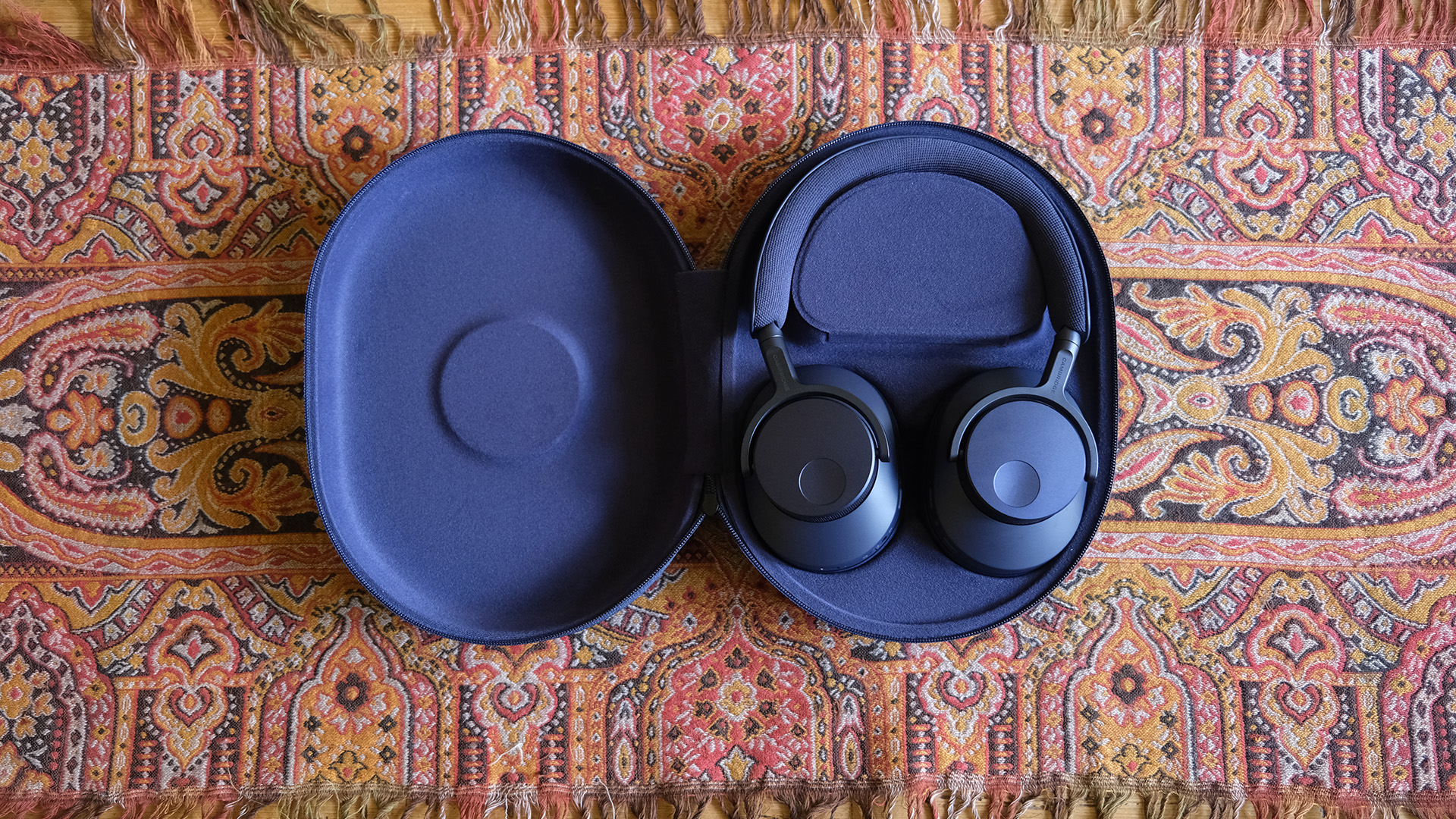
(Image credit: Future)
That basically remains the same for the P100 SE, frankly, but the gap has closed a little, albeit with the price hike basically accounting for that improvement in some ways. The 40mm drivers are capable of great things, although the new DynamEQ system is really just a matter of taste.
If you experiment with it and enjoy the boosted treble and bass, you’ll be off to the races, but if not, you’ll end up just ignoring it. In every other way, I really couldn’t pick between the two headphones very easily at all, apart from perhaps a little more unnameable oomph in the newer set (with the possible explanation of the placebo effect).
So, while this might all be a slight improvement over the older P100, I’ve come away basically feeling the two headphones are extremely close to each other where sound is concerned, which ehoes my wider thoughts.
Cambridge Audio P100 SE review: Verdict
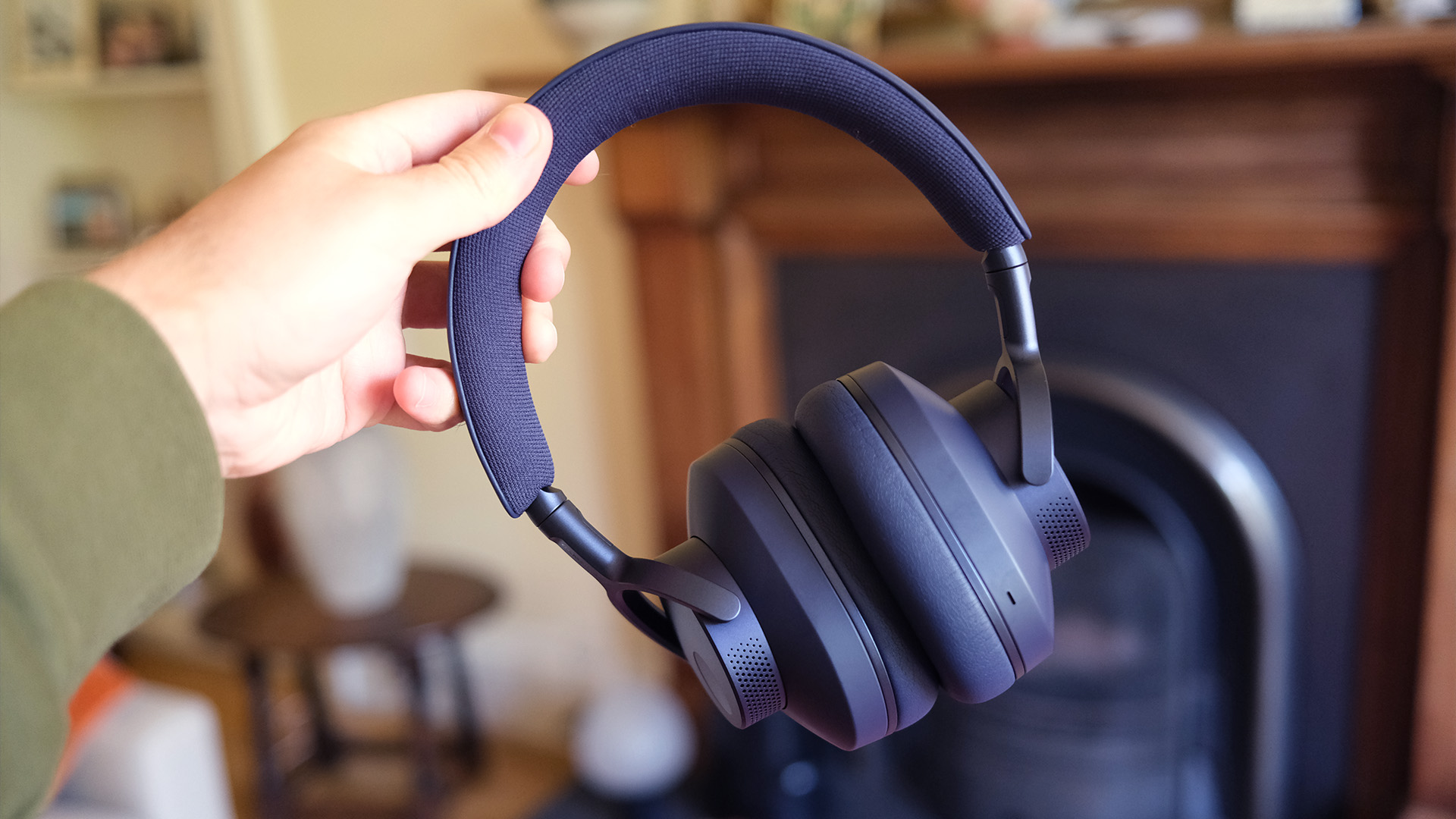
(Image credit: Future)
The Melomania P100 SE are super impressive on their own two feet – again, Cambridge Audio undercuts the big-name competition and offers headphones that feel a bit more premium than their price. When you bore down into the details, though, the upgrade seems muddy.
That blue colour is undeniably lovely, but it’s the only really tangible thing I prefer about the P100 SE versus the P100. The latter is older, but has the same drivers and internal specs, and while the newer headphones are a bit more comfortable, the margin is really slim.
Similarly, telling them apart on sound is a really marginal game, and the small price hike makes me wonder whether people would be better off picking up the older pair on a discount – or keeping a close eye on their relative prices, either way.
Also consider
I’m not going to pit the Melomania P100 SE against the very best headphones out there, since these tend to cost at least £100 or $100 more, but I think the Nothing Headphone (1) does make an interesting comparison. They’re way more funky looking and similar in terms of sound quality, but Cambridge Audio wins on battery life, while losing on comfort.
Otherwise, as I’ve already indicated, I think anyone interested in the P100 SE owes it to themself to look out for the original P100 – if you can find it for £50/$50 less than the SE (or if the gap is even bigger), I think it looks a cannier buy.


